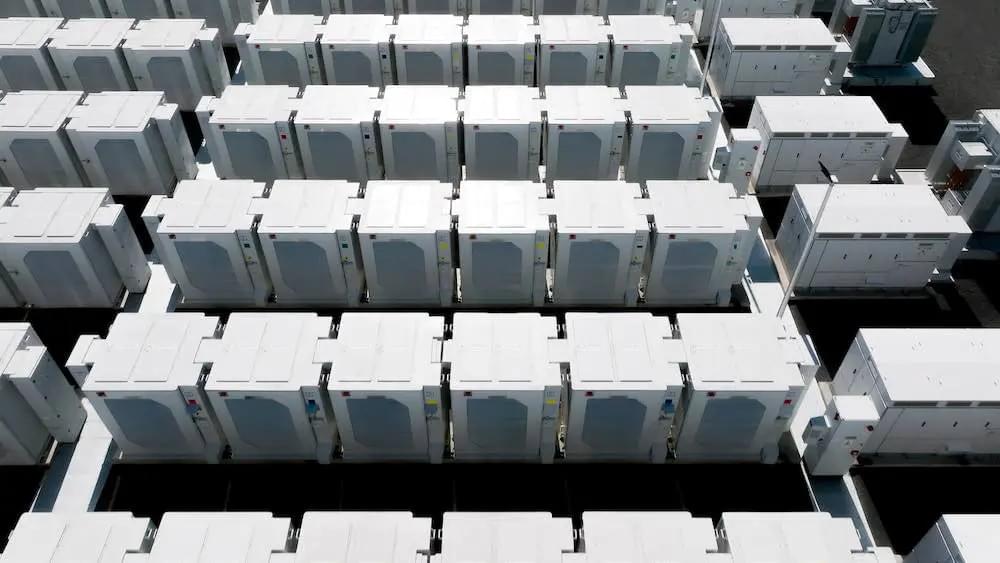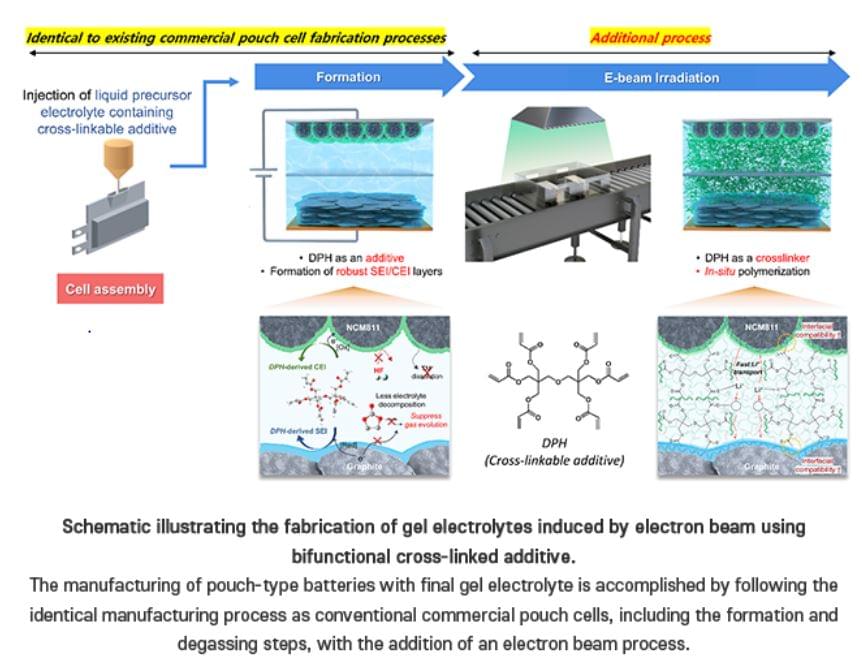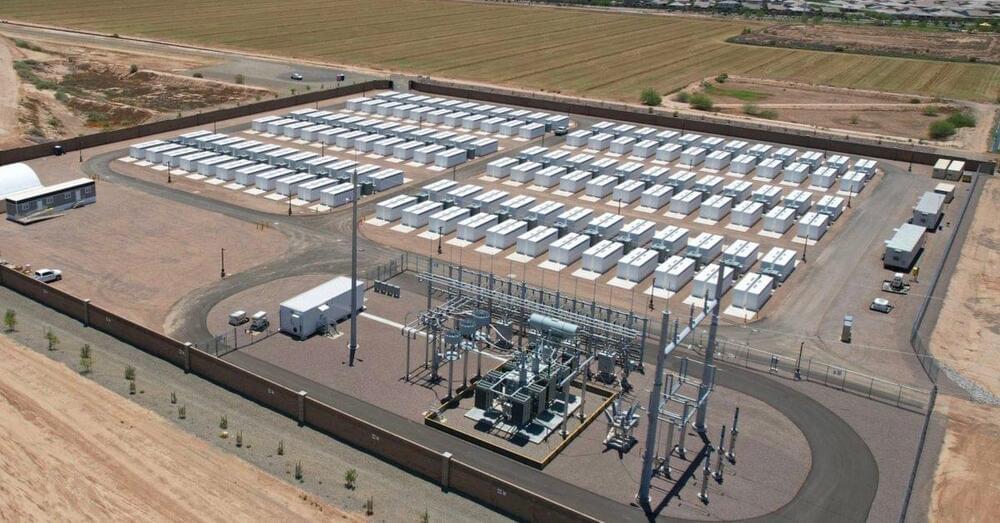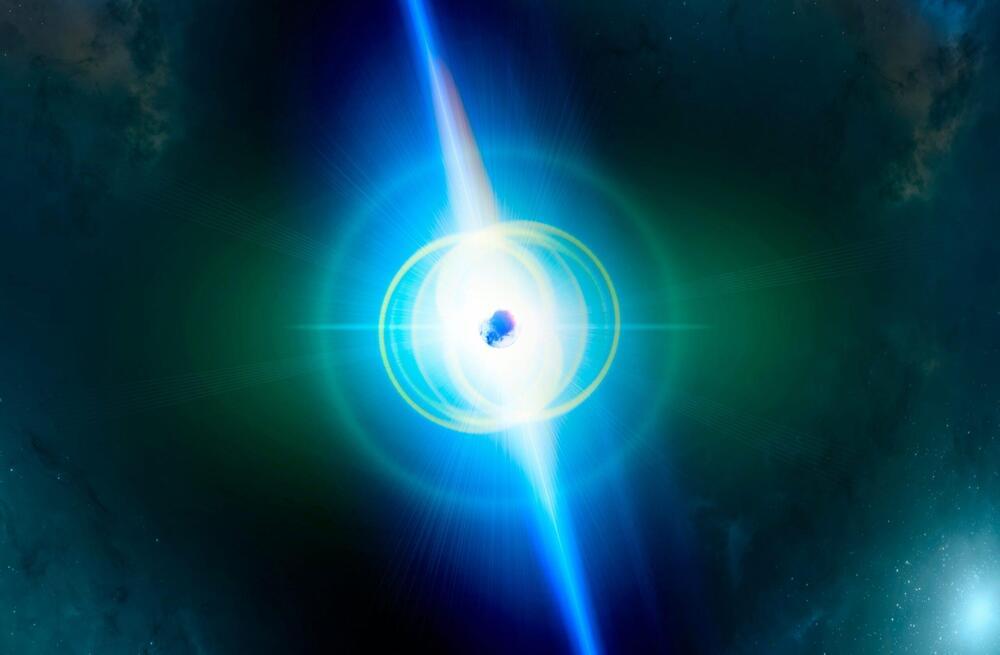Jul 23, 2024
A hybrid supercomputer: Researchers integrate a quantum computer into a high-performance computing environment
Posted by Shubham Ghosh Roy in categories: chemistry, energy, quantum physics, supercomputing
Working together, the University of Innsbruck and the spin-off AQT have integrated a quantum computer into a high-performance computing (HPC) environment for the first time in Austria. This hybrid infrastructure of supercomputer and quantum computer can now be used to solve complex problems in various fields such as chemistry, materials science or optimization.
Demand for computing power is constantly increasing and the consumption of resources to support these calculations is growing. Processor clock speeds in conventional computers, typically a few GHz, appear to have reached their limit.
Performance improvements over the last 10 years have focused primarily on the parallelization of tasks using multi-core systems, which are operated in HPC centers as fast networked multi-node computing clusters. However, computing power only increases approximately linearly with the number of nodes.

















